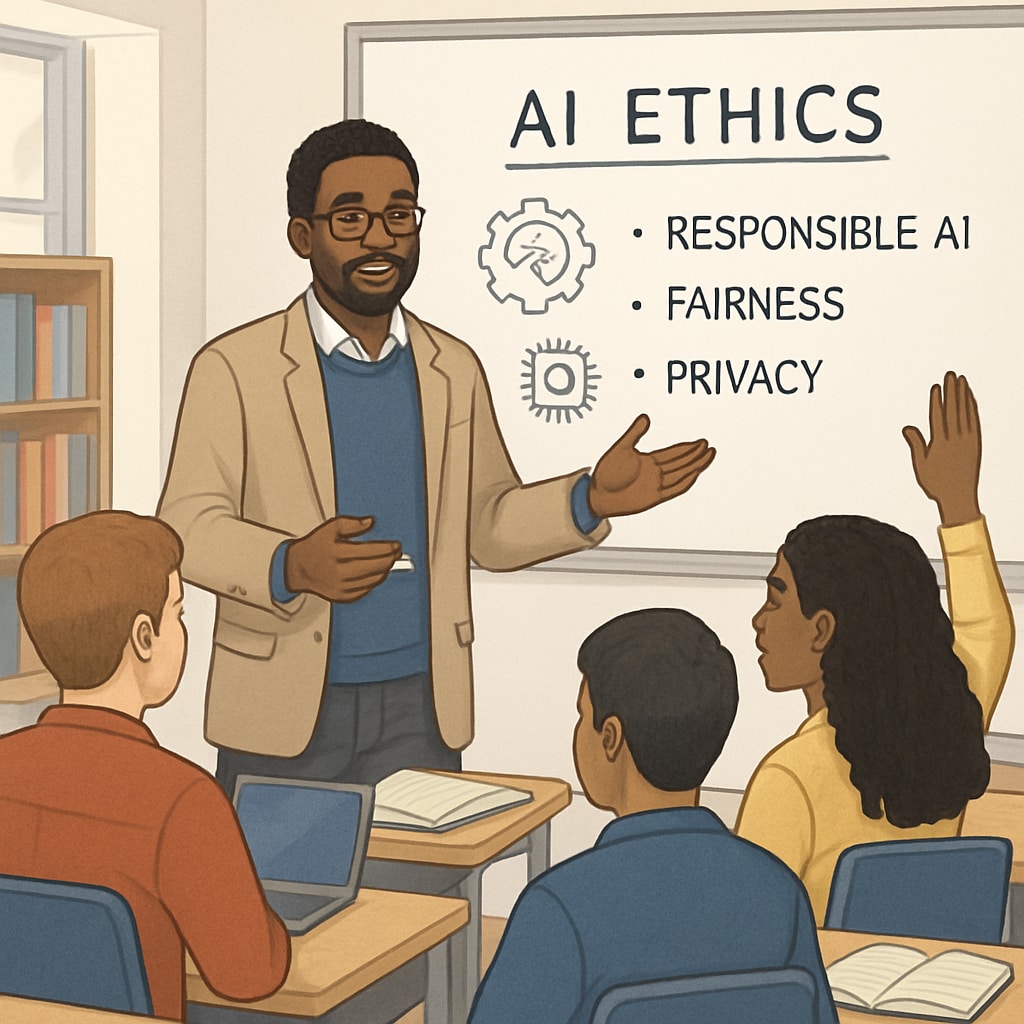The increasing use of AI tools like ChatGPT in education has sparked vital discussions about academic integrity, detection methods, and education costs. While these tools foster innovation and creativity, they also raise concerns about maintaining authentic learning experiences. This article examines the ethical dilemmas posed by AI in education and provides actionable strategies for educators to address these challenges effectively.
Ethical Challenges of AI Tools in Education
Artificial intelligence has revolutionized the way students learn and complete assignments. However, its widespread adoption has introduced several ethical concerns:
- Plagiarism and Misrepresentation: AI tools can generate essays, solve problems, and even mimic students’ writing styles, blurring the line between original work and automated assistance.
- Unequal Access: Not all students have equal access to AI tools, creating disparities in educational opportunities and outcomes.
- Dependency on Technology: The overuse of AI tools could undermine critical thinking and problem-solving skills, leading to a reliance on automation rather than genuine learning.
These challenges necessitate a thoughtful approach to integrating AI into educational environments, ensuring that innovation does not come at the cost of academic integrity.

Strategies for Balancing Innovation and Authentic Learning
To address the ethical concerns surrounding AI tools, educators can adopt the following strategies:
- Establish Clear Guidelines: Schools should develop policies that define acceptable and unacceptable uses of AI tools. These guidelines must emphasize the importance of original work and critical thinking.
- Promote Transparency: Encourage students to disclose their use of AI tools in assignments. This practice fosters honesty and allows teachers to assess the extent of AI involvement.
- Incorporate AI Education: Teach students about the capabilities and limitations of AI tools. Understanding these technologies can help students use them responsibly and ethically.
By implementing these strategies, educators can create a balanced environment where AI enhances learning without compromising authenticity.

Overcoming the Challenges of Detection and Costs
One of the primary concerns for educators is detecting AI-generated content. Advanced AI detection tools can identify plagiarism and automated writing, but they often come with high costs. To mitigate these issues, schools can:
- Leverage Open-Source Tools: Utilize free or low-cost AI detection software to minimize financial burdens.
- Adopt a Mixed-Methods Approach: Combine automated detection tools with traditional methods like oral presentations and in-class assignments to evaluate students’ understanding.
- Collaborate with EdTech Providers: Partner with educational technology companies to access affordable and efficient solutions for AI detection.
These approaches help maintain academic integrity while addressing the financial constraints associated with AI detection methods.
The Future of AI in Education
As AI continues to evolve, its role in education will expand. To ensure that these tools benefit rather than hinder learning, educators must prioritize ethical considerations and adapt to new challenges. Encouraging responsible AI use, fostering academic honesty, and investing in cost-effective detection methods will be critical steps toward achieving this balance.
In conclusion, the integration of AI tools in education offers immense potential for innovation, but it also demands careful management. By addressing ethical concerns and implementing practical strategies, educators can create an environment where students thrive both academically and ethically.
Readability guidance: The article uses short paragraphs, lists to summarize key points, and a logical structure. Transition words like “however,” “therefore,” and “in addition” ensure smooth flow. The content maintains a balance between professional tone and accessibility.


